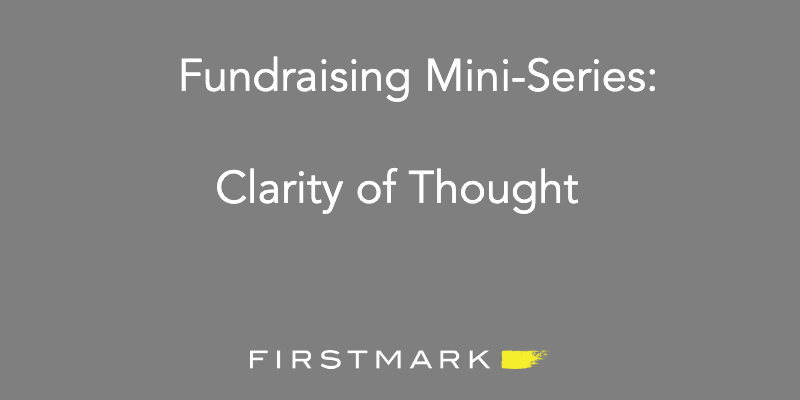
(This is the third post in this fundraising mini-series: quick, simple ideas that I’ve used in various fundraising conversations over the years, that I’m sharing here, one by one)
You’ll often hear VCs recall how they knew they wanted to invest in a startup within the first 10 minutes of a one-hour pitch meeting with the entrepreneur.
For this to happen, a lot needs to align, both in terms of fit (right company for the right investor at the right time) and intrinsic merits of the opportunity (quality of the founding team, metrics, etc). But ultimately investors describe the experience less as checking a lot of boxes, and more as something akin to a state of flow: seeing, through the eyes of a founder, a future that is both exciting and inevitable.
Successful fundraising does not require investors to make up their minds so quickly or have borderline out-of-body experiences (thankfully, for all involved), but there’s nonetheless something to glean from this.
The best startup pitches often have this very special quality that transcends the details and technicalities, a je ne sais quoi that permeates the entire conversation.
I actually don’t think this is about the founder’s charisma or the grandiosity of the vision (although those things don’t hurt).
My best definition for this quality would be: deep clarity of thought. Founders with deep clarity of thought don’t just articulate a big vision, they are also extremely convincing and credible when describing the path to make that vision a reality and making the case that they are uniquely equipped to do it. They appeal to both the left brain and right brain.
Founders with deep clarity of thought will:
- Understand how to take complex concepts and break them down for their audience, because any subject that is deeply understood at a master level can be explained in simple terms
- Feel equally comfortable with the macro (industry trends, competitive landscape) and the micro (minute details of the product, go to market, etc), and will gladly toggle back and forth
- Like good chess players, think several strokes ahead, but understand what needs to happen in the short term
- Have a rich repertoire of answers to almost all questions investors will come up with (but will gladly admit when answers cannot be known just yet)
- Engage in the conversation with the VC transparently and refrain from any negative or defensive behavior (glossing over details, evading questions, throwing an alphabet soup of acronyms to come across as more knowledgeable, gratuitously badmouth competitors, etc)
The good news is that clarity of thought is certainly something that can be built.
Ultimately the founders who do best in fundraising are deep students of their industry and their business (as well as, quite often, the fundraising process itself), mastering every lever and nuance.
This is why founders who have experienced a pain point very directly, or have direct industry experience, have a distinct advantage when pitching – it’s just much more likely that they’ve thought through all aspects of a problem (and many have done so, literally for years before starting their company).
But all founders can continue to improve their clarity of thought with enough work and repetition (see “Thinking of your fundraising as a product launch” for the concept of iterating on a pitch MVP)
Interestingly, fundraising both requires and often helps generate clarity of thought. I have seen founders develop through the forcing function of fundraising a much clearer sense of their priorities and objectives, which benefited the business much beyond just securing financing.
Hey Matt,
“Deep Clarity” is what I’ve actually been building through this second raise of ours. It helps a ton that we have Creative Destruction Labs behind us grilling us on our objectives every two months, but even without them, the more you pitch, the more you realize what’s actually important to your investors; (at pre-revenue) — A clear path to revenue, market knowledge and expertise, businesses that have signed BETA deals and a team that have executed successfully before. At one point about a year in, I felt I had told our story, so many ways, so many times, I forgot what was important… or maybe, I just didn’t know yet?